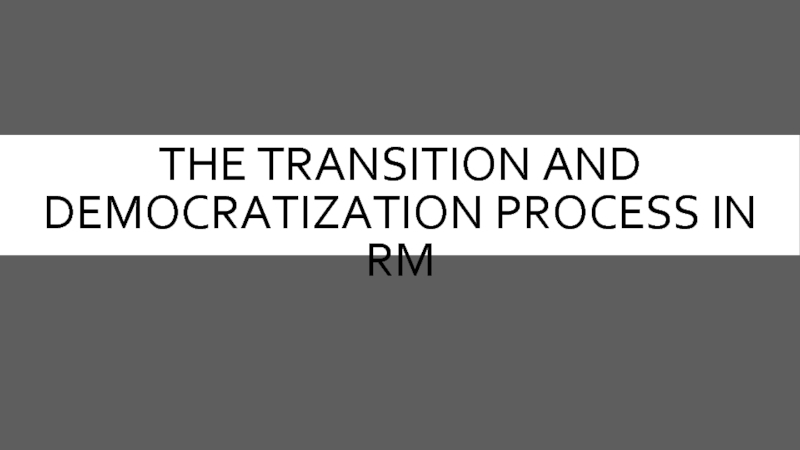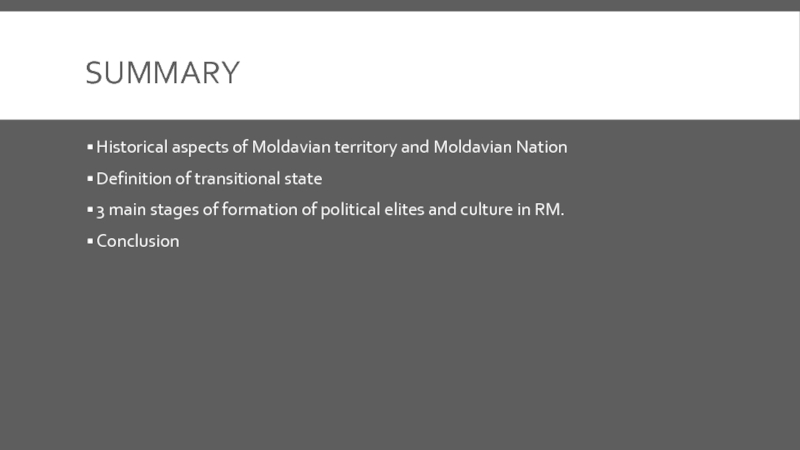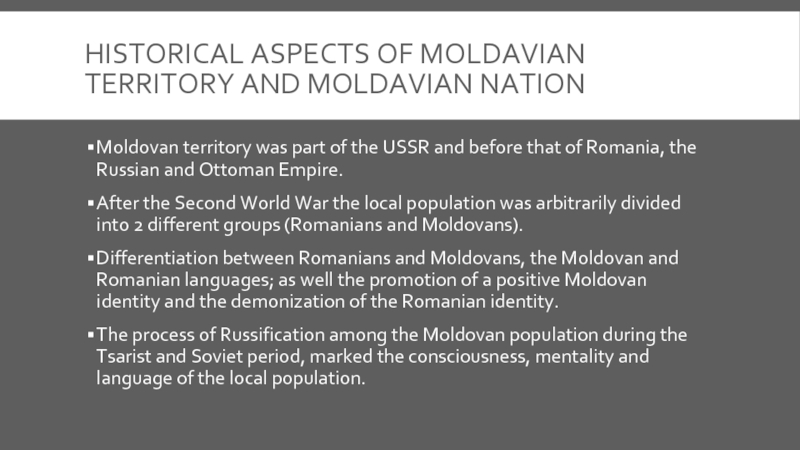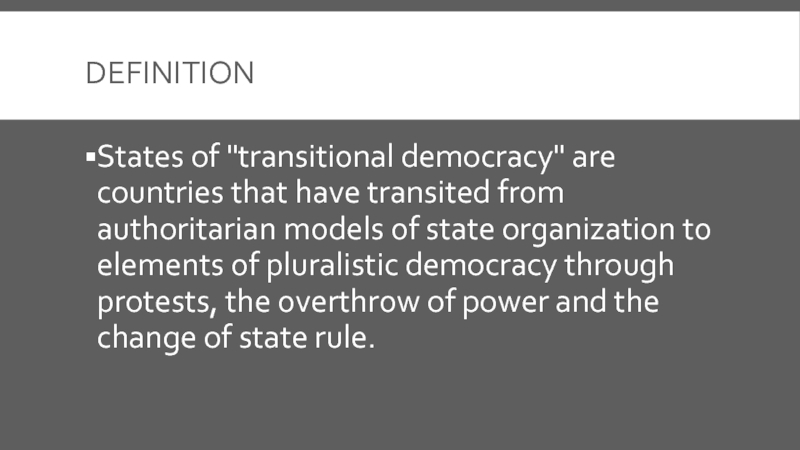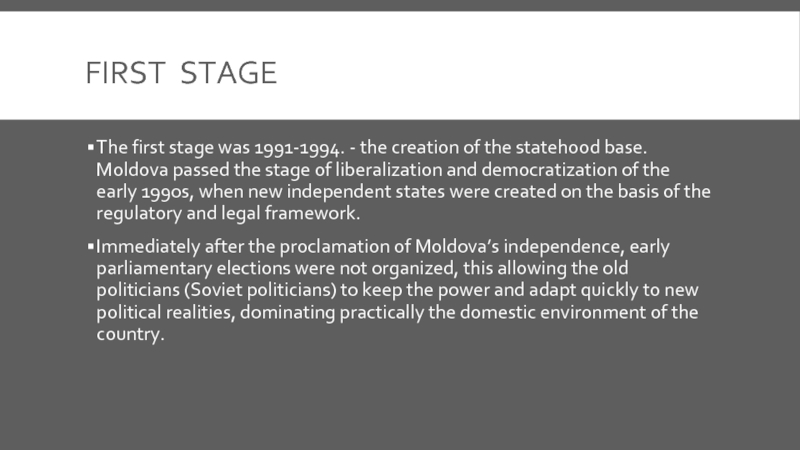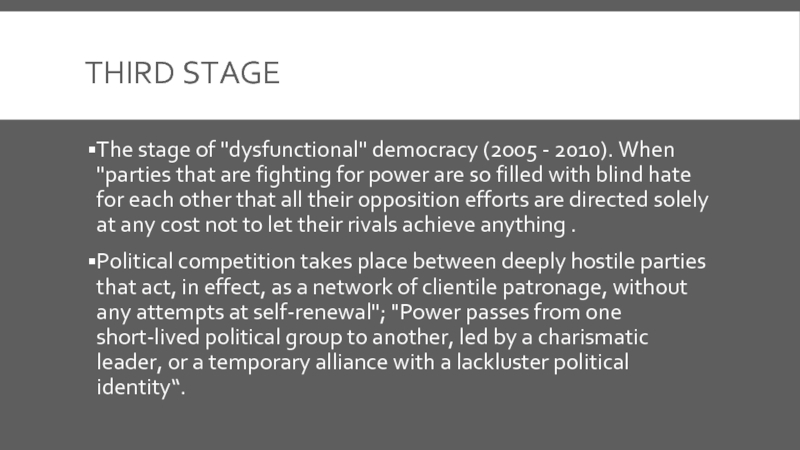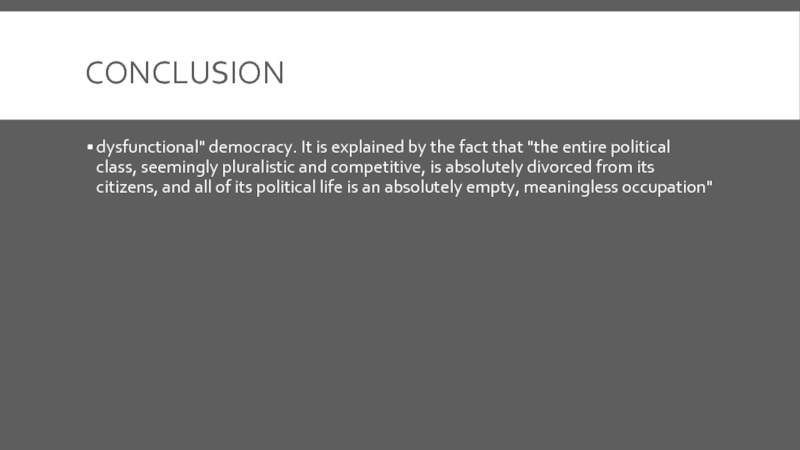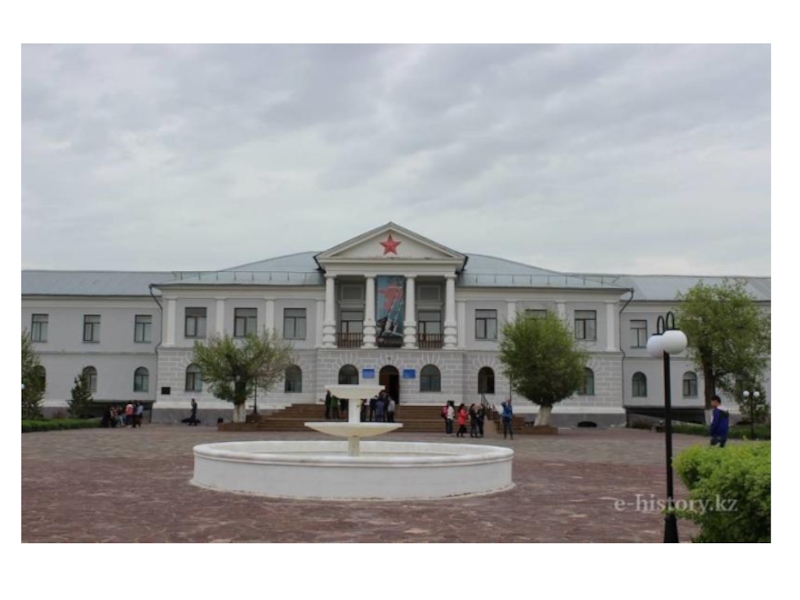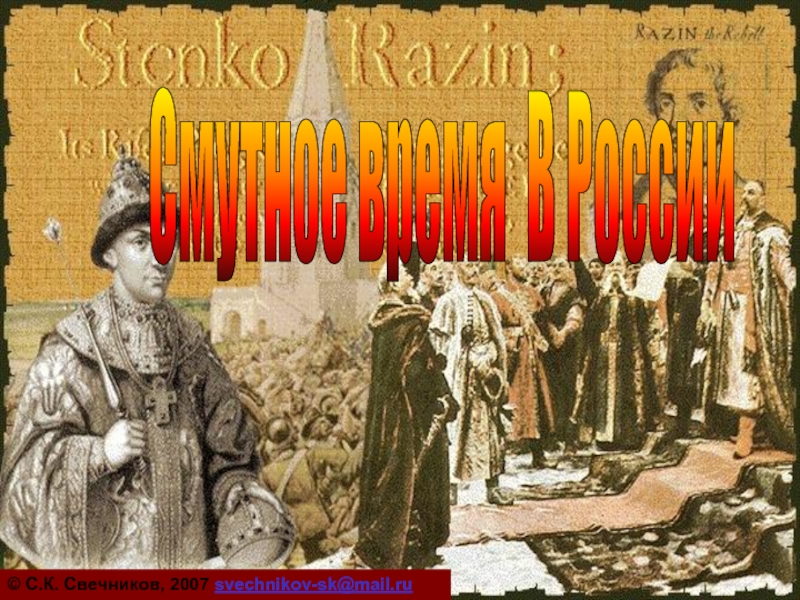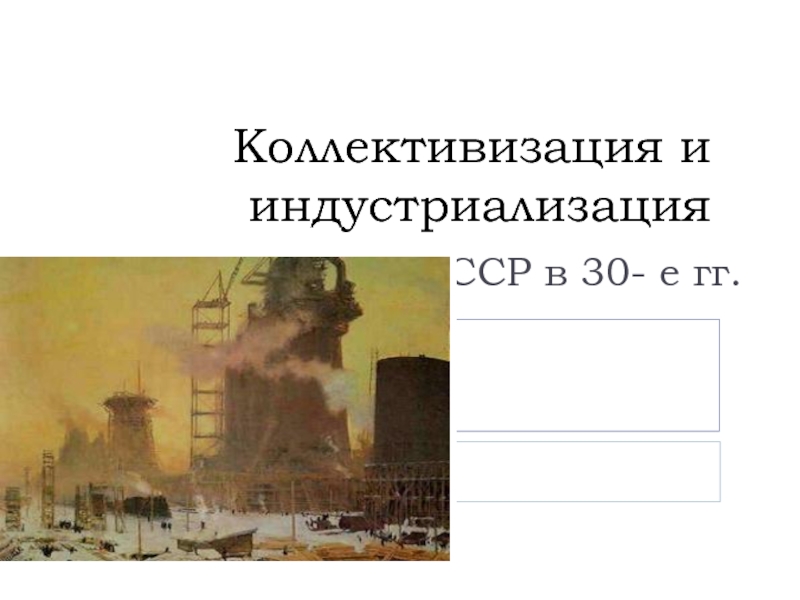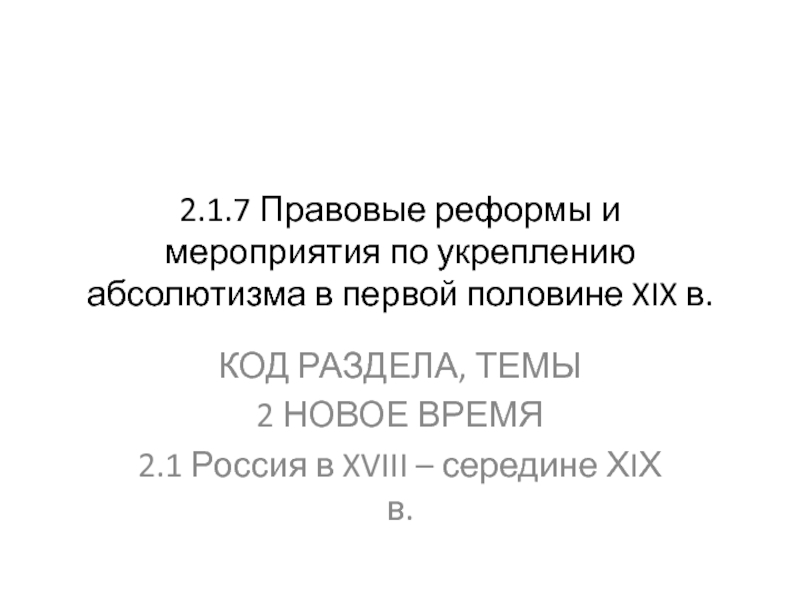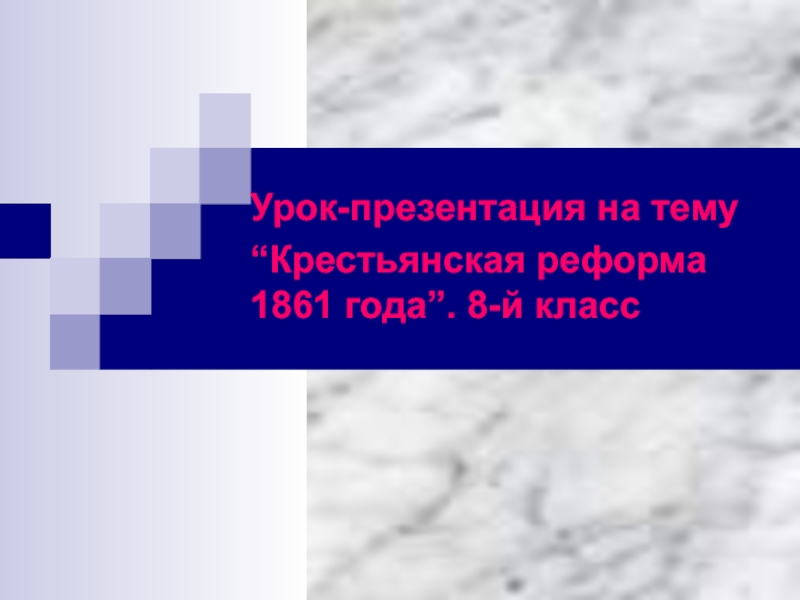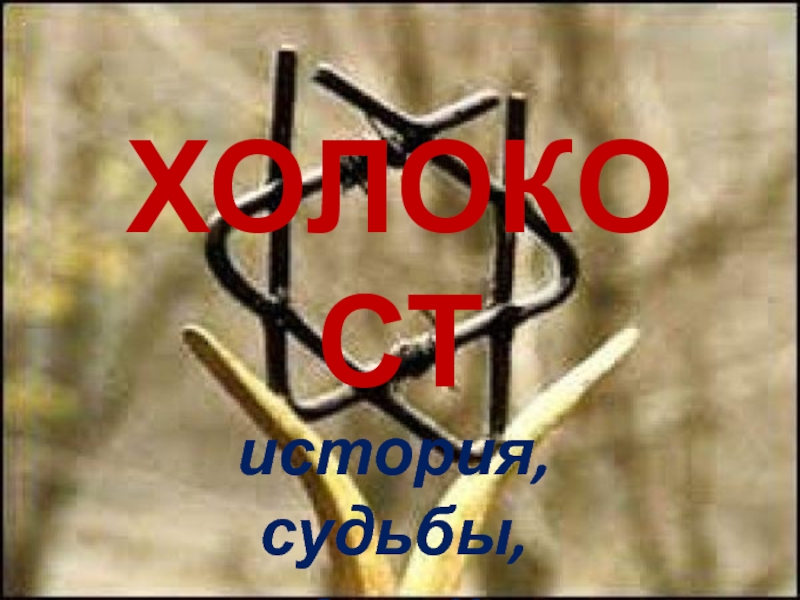- Главная
- Разное
- Дизайн
- Бизнес и предпринимательство
- Аналитика
- Образование
- Развлечения
- Красота и здоровье
- Финансы
- Государство
- Путешествия
- Спорт
- Недвижимость
- Армия
- Графика
- Культурология
- Еда и кулинария
- Лингвистика
- Английский язык
- Астрономия
- Алгебра
- Биология
- География
- Детские презентации
- Информатика
- История
- Литература
- Маркетинг
- Математика
- Медицина
- Менеджмент
- Музыка
- МХК
- Немецкий язык
- ОБЖ
- Обществознание
- Окружающий мир
- Педагогика
- Русский язык
- Технология
- Физика
- Философия
- Химия
- Шаблоны, картинки для презентаций
- Экология
- Экономика
- Юриспруденция
The transition and democratization process in RM презентация
Содержание
- 1. The transition and democratization process in RM
- 2. SUMMARY Historical aspects of Moldavian territory
- 3. HISTORICAL ASPECTS OF MOLDAVIAN TERRITORY AND MOLDAVIAN
- 4. DEFINITION States of "transitional democracy" are countries
- 5. FIRST STAGE The first stage was 1991-1994.
- 6. SECOND STAGE The stage of "neo-patrimonialism." Under
- 7. THIRD STAGE The stage of "dysfunctional" democracy
- 8. CONCLUSION dysfunctional" democracy. It is explained by
Слайд 2SUMMARY
Historical aspects of Moldavian territory and Moldavian Nation
Definition of
transitional state
3 main stages of formation of political elites and culture in RM.
Conclusion
3 main stages of formation of political elites and culture in RM.
Conclusion
Слайд 3HISTORICAL ASPECTS OF MOLDAVIAN TERRITORY AND MOLDAVIAN NATION
Moldovan territory was
part of the USSR and before that of Romania, the Russian and Ottoman Empire.
After the Second World War the local population was arbitrarily divided into 2 different groups (Romanians and Moldovans).
Differentiation between Romanians and Moldovans, the Moldovan and Romanian languages; as well the promotion of a positive Moldovan identity and the demonization of the Romanian identity.
The process of Russification among the Moldovan population during the Tsarist and Soviet period, marked the consciousness, mentality and language of the local population.
After the Second World War the local population was arbitrarily divided into 2 different groups (Romanians and Moldovans).
Differentiation between Romanians and Moldovans, the Moldovan and Romanian languages; as well the promotion of a positive Moldovan identity and the demonization of the Romanian identity.
The process of Russification among the Moldovan population during the Tsarist and Soviet period, marked the consciousness, mentality and language of the local population.
Слайд 4DEFINITION
States of "transitional democracy" are countries that have transited from authoritarian
models of state organization to elements of pluralistic democracy through protests, the overthrow of power and the change of state rule.
Слайд 5FIRST STAGE
The first stage was 1991-1994. - the creation of the
statehood base. Moldova passed the stage of liberalization and democratization of the early 1990s, when new independent states were created on the basis of the regulatory and legal framework.
Immediately after the proclamation of Moldova’s independence, early parliamentary elections were not organized, this allowing the old politicians (Soviet politicians) to keep the power and adapt quickly to new political realities, dominating practically the domestic environment of the country.
Immediately after the proclamation of Moldova’s independence, early parliamentary elections were not organized, this allowing the old politicians (Soviet politicians) to keep the power and adapt quickly to new political realities, dominating practically the domestic environment of the country.
Слайд 6SECOND STAGE
The stage of "neo-patrimonialism." Under the influence of negative trends
in the economy of the 1990s, authoritarian management methods became the main features of institutional development.
The consequences of this process were: strict administrative and tax control, the establishment of a bureaucratic-oligarchic economy, and uncontrolled privatization
The consequences of this process were: strict administrative and tax control, the establishment of a bureaucratic-oligarchic economy, and uncontrolled privatization
Слайд 7THIRD STAGE
The stage of "dysfunctional" democracy (2005 - 2010). When "parties
that are fighting for power are so filled with blind hate for each other that all their opposition efforts are directed solely at any cost not to let their rivals achieve anything .
Political competition takes place between deeply hostile parties that act, in effect, as a network of clientile patronage, without any attempts at self-renewal"; "Power passes from one short-lived political group to another, led by a charismatic leader, or a temporary alliance with a lackluster political identity“.
Political competition takes place between deeply hostile parties that act, in effect, as a network of clientile patronage, without any attempts at self-renewal"; "Power passes from one short-lived political group to another, led by a charismatic leader, or a temporary alliance with a lackluster political identity“.
Слайд 8CONCLUSION
dysfunctional" democracy. It is explained by the fact that "the entire
political class, seemingly pluralistic and competitive, is absolutely divorced from its citizens, and all of its political life is an absolutely empty, meaningless occupation"
